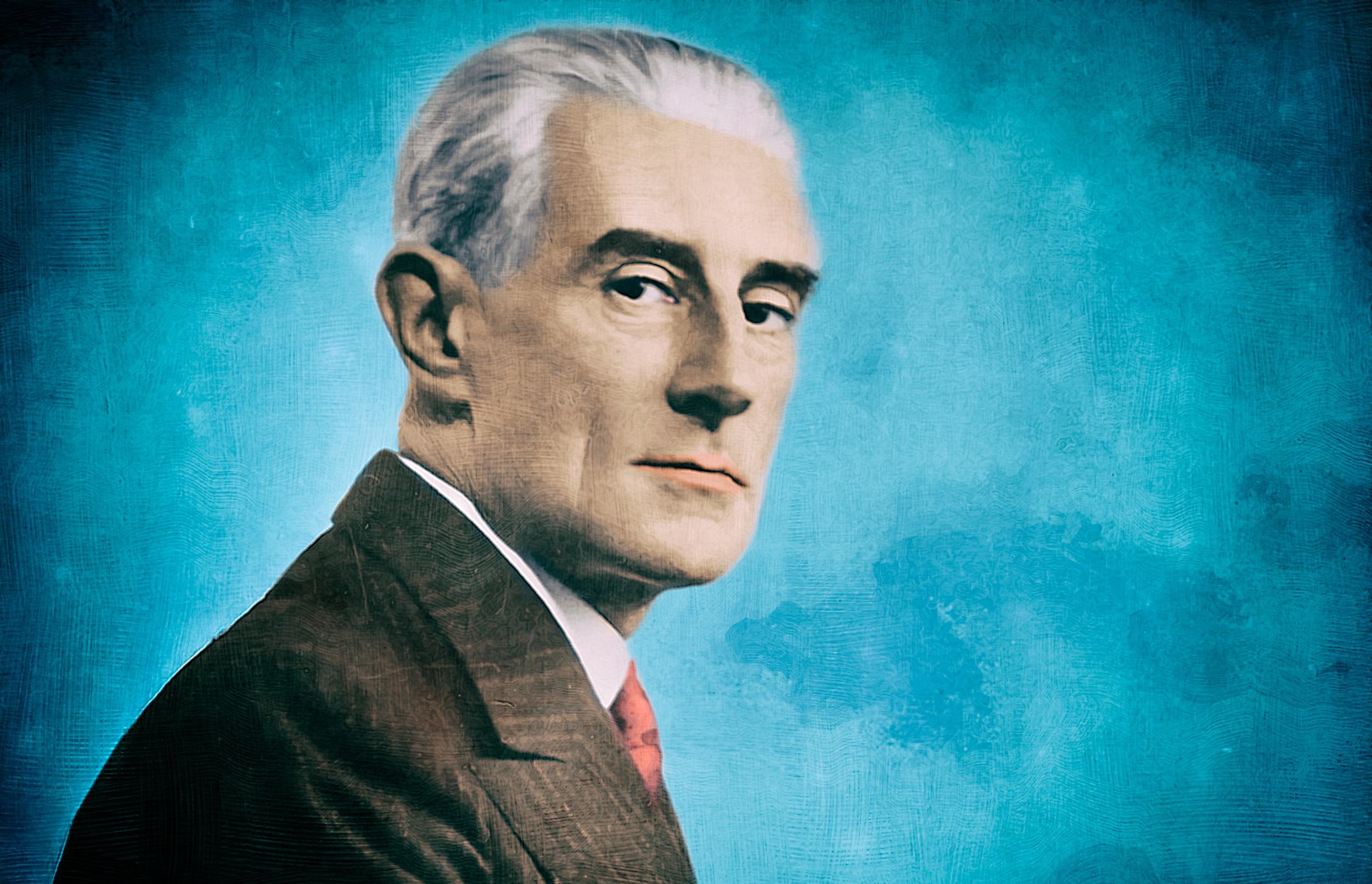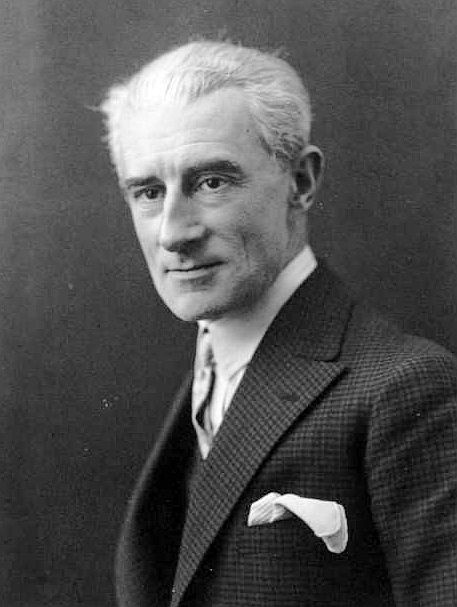Introduction:
In the realm of classical music, few composers have left as profound an impact as Maurice Ravel. With his unparalleled ability to blend colors, evoke vivid imagery, and transport listeners to ethereal realms, Ravel established himself as a luminary of musical Impressionism. This blog delves into the fascinating biography of this prodigious composer, exploring his life, musical journey, and lasting legacy.
Early Life and Musical Beginnings:
Born on March 7, 1875, in Ciboure, a small town in the Basque region of France, Joseph-Maurice Ravel displayed remarkable musical talent from a young age. Raised in a creative household, he was encouraged by his mother to pursue his passion for music. At the age of 14, Ravel was admitted to the Paris Conservatoire, where he studied composition and piano.
Emerging as a Brilliant Composer:
Ravel’s compositional style developed alongside the emergence of Impressionism in the late 19th and early 20th centuries. He drew inspiration from the works of Claude Debussy, his contemporary and friend, and expanded upon the impressionist aesthetic, infusing it with his own unique flair.
The musical language of Ravel was characterized by its intricate harmonies, rich orchestrations, and meticulous attention to detail. His compositions were a fusion of classical form and innovative harmonic techniques, often imbued with influences from Spanish, Basque, and jazz music. Pieces such as “Boléro,” “Pavane for a Dead Princess,” and “Daphnis et Chloé” exemplify Ravel’s masterful ability to create lush and evocative soundscapes.
Triumphs and Challenges:
Despite his remarkable talent, Ravel faced numerous challenges throughout his career. His delicate health and an arduous military service during World War I hindered his creative output. Nevertheless, he continued to compose and eventually achieved critical acclaim with his ballet “Daphnis et Chloé,” which solidified his reputation as a leading figure in French music.
Ravel’s personal life was characterized by solitude and dedication to his craft. Although he never married or had children, he formed deep friendships with fellow artists, including pianist Ricardo Viñes and writer Colette. These relationships provided support and inspiration during both triumphant and challenging times.
Legacy and Impact:
Maurice Ravel’s contributions to music remain timeless and influential. His works have left an indelible mark on the classical repertoire, captivating audiences and musicians alike. Composers ranging from Leonard Bernstein to George Gershwin have acknowledged Ravel’s profound influence on their own musical styles.
Beyond the classical realm, Ravel’s music has found its way into popular culture, enriching films, advertisements, and even rock music. His innovative use of harmony and orchestration continues to inspire contemporary composers across genres.
Conclusion:
Maurice Ravel, with his extraordinary talent and dedication, has left an indelible imprint on the world of classical music. His unique blend of impressionism, meticulous craftsmanship, and daring exploration of musical boundaries captivated audiences then and continues to do so today. As we revisit his timeless compositions, we are reminded of Ravel’s ability to transport us to otherworldly realms and evoke a wide range of emotions. His legacy as a master of musical Impressionism ensures that his music will be cherished for generations to come.


Comments are closed